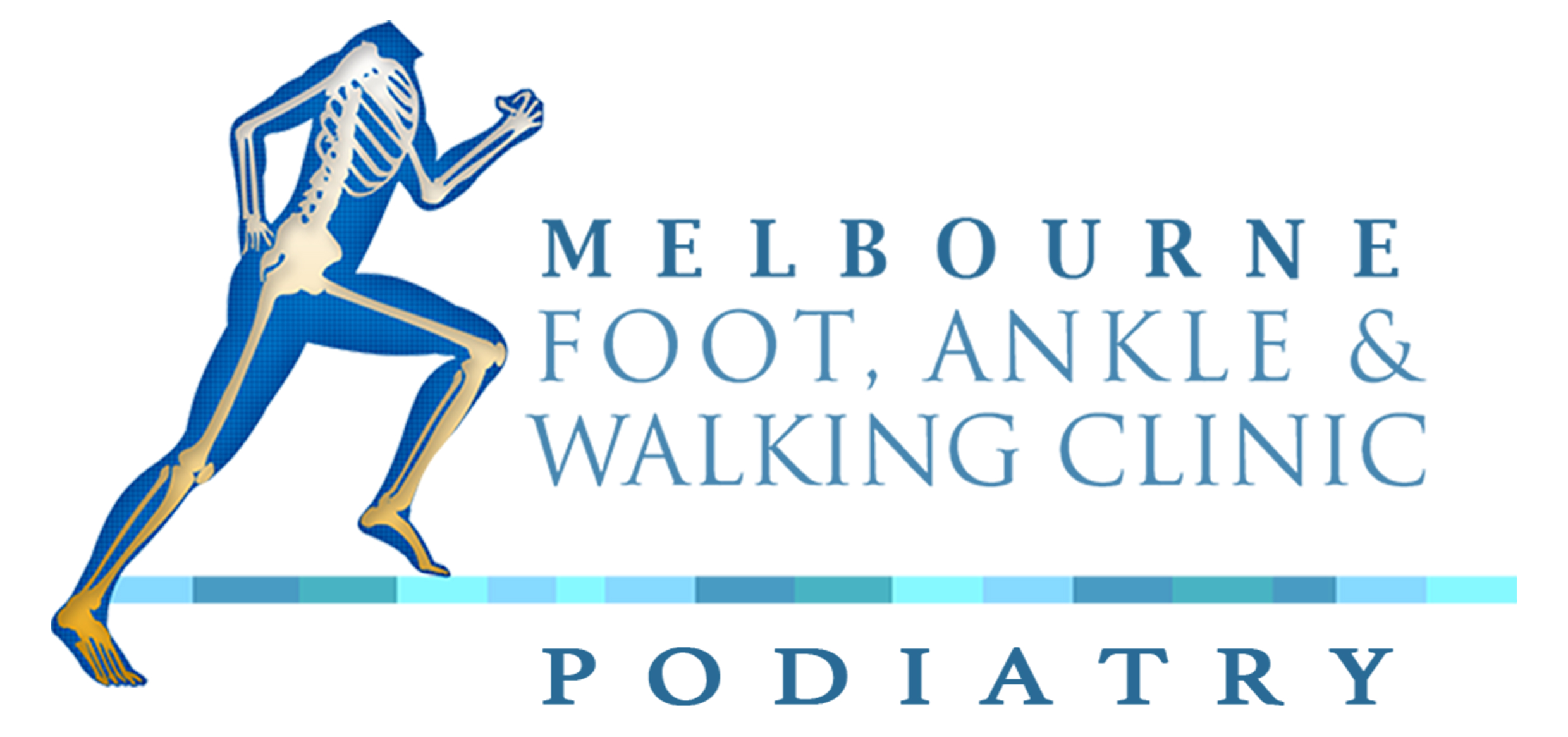What causes it?
Pain in the ball of the foot can be the result of a number of different medical conditions that require care diagnosis. The treatment for each of them is different, it is therefore important to have it diagnosed by a podiatrist before assuming you have one of the other. These include:

Morton’s Neuroma
It is a build-up fibrous tissue surrounding the inter-metatarsal nerve. This puts pressure on the nerves between the toes 3 and 4, causing numbness, burning pain, swelling and tenderness. This is not cancerous which some people seem to assume.
Plantar Plate Tears
Most commonly experienced under the ball of the second metatarsal head and it is more common in middle aged women. The “plantar plate” or ligament tears due to poor foot biomechanics or injury. There is often splaying of the feet making the forefoot wider, and it can cause clawing of the toes. Secondary to pain, this often makes shoes hard to find.
Capsulitis
Inflammation of the capsule surrounding one or more of the joints in the ball of the foot.
Metatarsalgia
This is a broad term used to describe pain in the ball of the foot. It can include one or more of the conditions listed above and is sometimes a term assigned to pain experienced in elderly people who begin to lose the fay pad under the ball of their feet.
Sesamoiditis
This is a general description given to irritation and inflammation of the sesamoid bones. There are two very small bones within a tendon underneath the big toe. Similar to the patella in the knee, they function as a pulley to increase leverage of the tendons controlling the big toe. In severe cases, inactive people who have flat feet these bones can fracture. It is a common injury for high jumpers who land heavily on one foot before jumping and cricketers who land heavily on one foot before they bowl the ball.
Plantar warts, calluses, corns, fungi and embedded objects are also common causes of pain the ball of the foot.
What can be done?
All of these conditions require a diagnosis and our podiatrists can do this. Only then can correct treatment options be explored. The earlier these conditions are diagnosed the better the treatment outcome. Some of the treatment that may be explored are taping, icing, bracing, custom made foot orthotics, ultrasound treatment, stretching, exercises, removal of embedded objects and corn, callus or plantar wart removal.
